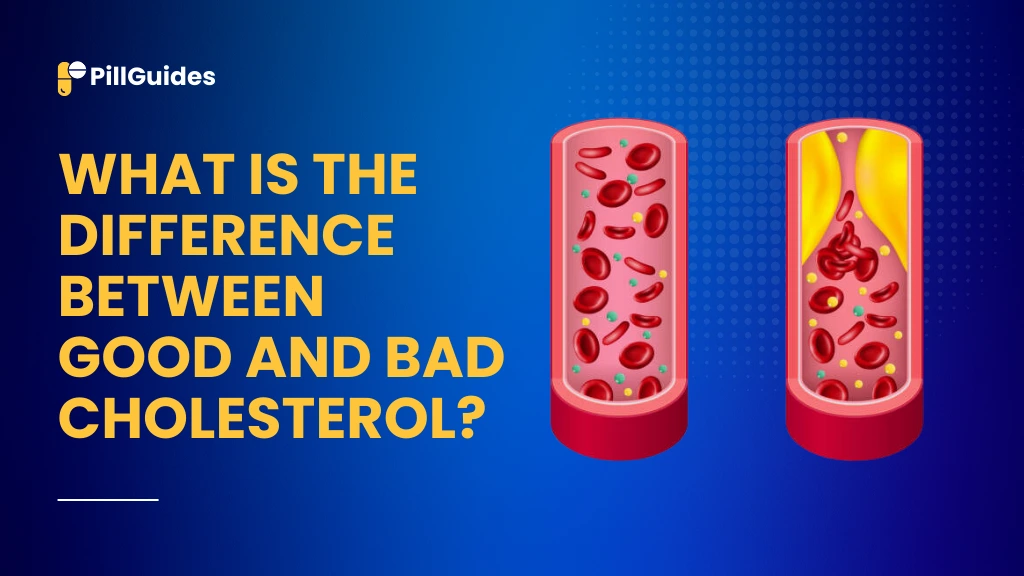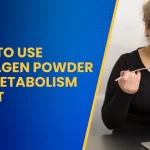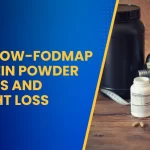Cholesterol often has a bad rep, but it’s not all bad for you. In fact, cholesterol is very important for our body’s functioning since without it, we would not have the necessary hormones, help build cell walls, or even participate in digestion. However, not all cholesterol is the same. There are two main types of cholesterol: good cholesterol (HDL) and bad cholesterol (LDL).
Knowing the difference between good and bad cholesterol is important for making health decisions and living a healthy lifestyle. We will break down the basics of cholesterol, how it works, the differences between HDL and LDL, and how to keep your cholesterol in check.
What is Cholesterol and Why Does It Matter?
Cholesterol is a fatty, wax-like substance found in our bodies. It’s also found in many foods, but your liver produces it naturally. Cholesterol is important for many body functions, but too much of the wrong type can cause serious health problems.
Roles of Cholesterol in the Body
- Cell Formation: Cholesterol plays a vital role in the normal maintenance and building of cell membrane structure.
- Hormone Production: It is important in the production of the hormones estrogen, testosterone,e and cortisol.
- Vitamin D Synthesis: Exposing the vitamin D is important because cholesterol is critical to the process.
- Digestive Health: It helps make bile acids, which allow you to digest fats.
Cholesterol, though, is not harmful when levels are normal, but those levels can raise the risk of heart disease and stroke when high LDL cholesterol is allowed to run unchecked.
Types of Cholesterol: HDL vs. LDL
Lipoproteins carry cholesterol in the blood. These lipoproteins are categorized into two main types:
1. Good Cholesterol (HDL – High-Density Lipoprotein)
HDL, or good cholesterol, helps protect the body. Its main job is getting rid of excess cholesterol from the bloodstream and artery walls back to the liver. It can be broken down in the liver and excreted.
Why HDL is Good:
- It helps remove harmful cholesterol from the bloodstream, which decreases the risk of heart disease.
- It prevents the buildup of plaque in arteries so that arteries don’t get blocked.
2. Bad Cholesterol (LDL – Low-Density Lipoprotein)
Too much LDL cholesterol, or bad cholesterol, is bad. But when there’s too much cholesterol, it doesn’t know when to stop, and it deposits cholesterol on the walls of your arteries. It builds up on the arteries over time narrowing the arteries and so restricting blood flow.
Why LDL is Bad:
- It increases the risk of atherosclerosis.
- Left unmanaged, this can lead to heart attacks and strokes.
Key Differences Between Good and Bad Cholesterol
Here’s a side-by-side comparison of HDL vs. LDL cholesterol:
| Feature | HDL (Good Cholesterol) | LDL (Bad Cholesterol) |
| Primary Function | Removes cholesterol from the bloodstream | Delivers cholesterol to body tissues |
| Health Impact | Protects against heart disease | Increases risk of heart disease and stroke |
| Ideal Level | 60 mg/dL or higher | Less than 100 mg/dL |
| Effect on Arteries | Cleans arterial walls | Contributes to plaque buildup |
Why is Cholesterol Management Important?
It is important to keep your HDL and LDL cholesterol in balance for your cardiovascular health. When LDL cholesterol levels are too high, it can lead to:
- Blockages of arteries that reduce blood flow.
- Heart attacks and strokes are more likely.
- Chronic heart disease is a long-term complication.
One against the other, healthy HDL cholesterol levels help counteract the harmful effects of LDL by ridding the bloodstream of excess cholesterol.
Causes of Imbalanced Cholesterol Levels
Several factors can disrupt your cholesterol balance, leading to high LDL and low HDL levels:
1. Unhealthy Diet
- Foods that contain a lot of saturated fats (red meat, butter) and trans fats (fried foods, processed snacks) make your LDL go up.
- Also, a lack of fiber in your diet may negatively affect your cholesterol levels.
2. Lack of Physical Activity
- A sedentary lifestyle increases bad cholesterol and lowers good cholesterol.
3. Smoking
- Smoking kills HDL cholesterol and damages blood vessels, increasing the risk that plaque will begin to build up.
4. Obesity
- High LDL cholesterol and low HDL cholesterol are directly related to excess weight.
5. Genetic Factors
- Some people are born with a predisposition to high cholesterol levels, a disease called familial hypercholesterolemia.
How to Maintain Healthy Cholesterol Levels
Your cholesterol doesn’t have to be a struggle. Simple lifestyle adjustments may help strike the right balance between good and bad cholesterol.
1. Eat a Balanced Diet
- Increase Fiber Intake: Oats, beans, lentils, and fruits aid in lowering LDL cholesterol.
- Focus on Healthy Fats: Include unsaturated kinds of fats, from sources like avocados, nuts, and olive oil.
- Limit Saturated and Trans Fats: Fats should be avoided in favor of non-fatty cuts of meat, butter, and other processed snacks.
- Include Omega-3 Fatty Acids: Salmon and mackerel high in fats are good foods to increase HDL levels.
2. Stay Active
- For example, try to get in 30 minutes of moderate exercise at least five days a week.
- Brisk walking, jogging, cycling, or swimming can elevate your HDL levels and reduce your LDL levels.
3. Quit Smoking
Good cholesterol levels and a lower risk of cardiovascular disease improve as smokers go without nicotine.
4. Maintain a Healthy Weight
If you can lose 5–10% of your body weight, you can see quite an improvement in your cholesterol profile.
5. If necessary Consider Medication
When a change in the way you live isn’t enough, high LDL cholesterol levels can be treated by taking medications such as statins. As with most other medications, always consult your healthcare provider before starting any medication.
Conclusion
Good and bad cholesterol differ only in their function in the body. HDL cholesterol helps to remove bad cholesterol & protect your heart and LDL cholesterol can contribute to the buildup of plaque & your risk of developing heart disease & stroke.
Optimal cholesterol levels can be achieved by maintaining a healthy lifestyle balanced diet, regular exercise and not smoking. Your healthcare provider also recommended you get regular checkups as you monitor and manage cholesterol.
Disclaimer
This article is for informational purposes only. Always consult your doctor or healthcare provider for personalized advice on managing cholesterol levels.
Read More: Organic Ayurveda Diet Plans for Beginners: Your Path to Holistic Wellness
FAQs What is the Difference Between Good and Bad Cholesterol
1. What’s a good cholesterol level for me?
HDL (Good Cholesterol): 60 mg/dL or higher.
LDL (Bad Cholesterol): Less than 100 mg/dL.
2. Is high cholesterol genetic?
yes, Some people will inherit a genetic predisposition to high cholesterol, called familial hypercholesterolemia.
3. Can we have natural ways of lowering LDL cholesterol?
Basically, yes, yes, yes: eat fiber-rich foods, healthy fats, omega 3s, plus keep moving.
4. What are the effects of smoking on cholesterol levels?
Smoking lowers HDL cholesterol and damages blood vessels, boosting your risk for plaque buildup.
5. Can exercise lower cholesterol levels?
Absolutely! The practice of regular exercise increases HDL cholesterol and decreases LDL cholesterol.










